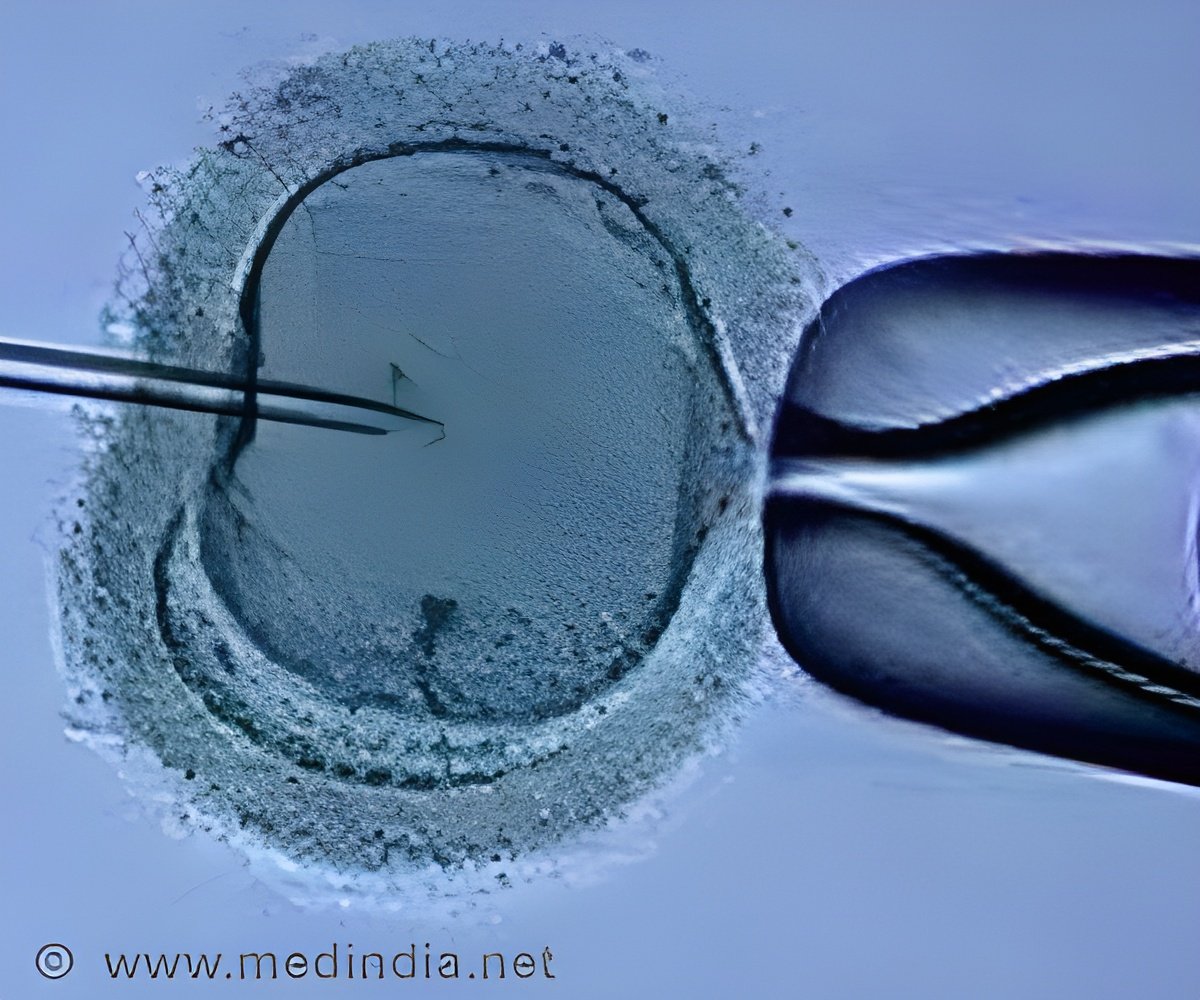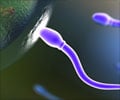A study says that weather influences the gender of the offspring in insects.

Cold impairs gender selection
As in bees, wasps, and ants, the gender determination of Trichogramma parasitoids is called "haplodiploid," that is, fertilized eggs produce female offspring, while unfertilized eggs produce male offspring, summarizes Moiroux. "It is possible to predict whether the parasitoid will lay a son or daughter by observing the presence or absence of a pause in its abdominal contractions at the time of spawning," he says. "A pause means the egg will be fertilized. Conversely, the absence of a pause means the egg will not be fertilized."
To know whether this particular behaviour is modified by climate, the researcher exposed female Trichogramma to three different temperatures: 34°C (high), 24°C (medium), and 14°C (low). The study found that when it was hot, females deliberately produced more males than at medium temperature – at 34°C, the number of males produced increased by 80%.
The ability of Trichogramma to "program" the sex of their offspring is compromised, however, when the temperature is cold. "There was a physiological stress that was not related to the females' choice," notes Moiroux. "They intended to spawn as many females as during medium temperature, but the eggs were not fertilized after all. There were therefore more males produced at low temperature."
Increasing fitness
Advertisement
However, in a hot environment, offspring are smaller. This is why females tend to use hosts found in hot areas to produce males and reserve hosts in colder areas (e.g., in the shade of hedges) to produce females.
Advertisement
As part of this study, which was funded by the Ouranos Consortium, Moiroux tried to understand the possible role of global warming on the relationship between crop pests and their natural enemies – parasitoids and predators. Among the issues addressed, he sought to determine whether there is an effect of "phenological asynchrony" between parasitoids and their hosts, and therefore an impact on the availability of host eggs and on pest control by their natural enemies. "Predators and parasitoids are more sensitive to climate change, and this is why many researchers expect an increase in episodes of phenological asynchrony. This could be very harmful to crops if hosts escape the control of their natural enemies," he said.
In Quebec, the European corn borer is a pest that farmers face every year. The parasitoid Trichogramma, for its part, is an ally since its larvae kill this insect host. "It is of the utmost importance to clearly identify harmful and beneficial insects in the field in order to adopt an appropriate strategy for integrated pest management," Moiroux said. He will now be looking at which species of soybean pests could come to Quebec in the coming years due to climate change.
Source-Eurekalert








